
The ZQ-2 rocket, developed by LandSpace, sits on the launch pad at the Jiuquan Satellite Launch Center in northwestern China's Gobi Desert, on Dec 14 last year. (CHINA DAILY)
Chinese scientists have made major advances in the research of Earth's nearest celestial neighbor, the moon, thanks to samples and data gathered by China's lunar probes.
In the latest development, water locked in glass beads has been found in lunar samples returned by the Chang'e 5 mission.
A study published in Nature Geoscience journal late last month revealed that the soil samples collected by Chang'e 5 had impact glass beads that contained water in the form of hydroxyl, a molecule consisting of one atom of oxygen and one of hydrogen.
Hydroxyl is one of the most common ions in water.
The beads are created when meteoroids hit the moon's surface, throwing up hot molten droplets that solidify. They act like a sponge, soaking up hydrogen atoms carried by solar winds to form hydroxyl, thus playing a pivotal role in the water cycle on the lunar surface, the study said.
The paper was published by a team led by scientists from the Institute of Geology and Geophysics from the Chinese Academy of Sciences.
Their findings indicate that impact glass on the lunar surface is capable of storing solar wind-derived water and releasing it into space.
The water is relatively easy to extract and could represent a potential resource for future lunar exploration, according to Hu Sen, a researcher from the institute and one of the key scientists behind the study.
While each bead only holds a tiny amount of water, vast amounts of glass beads in the lunar soil could hold up to 270 billion metric tons of water, researchers estimate.








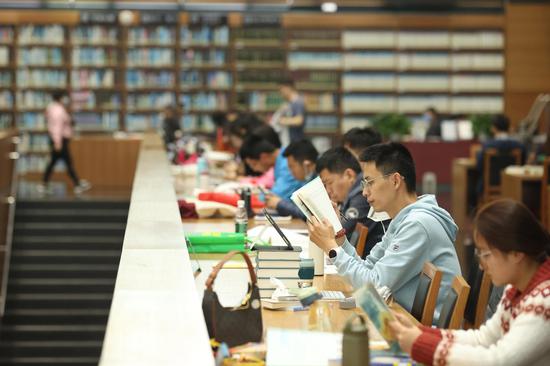






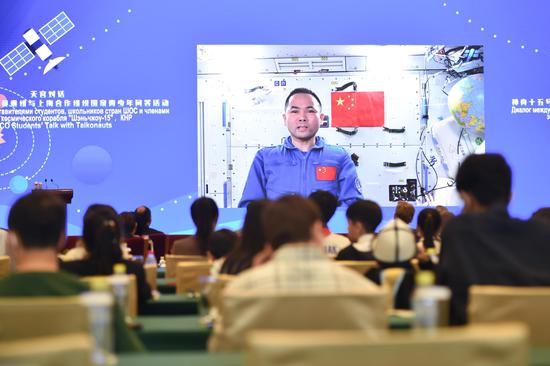



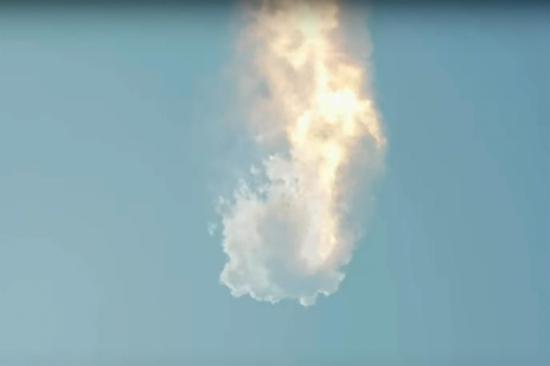

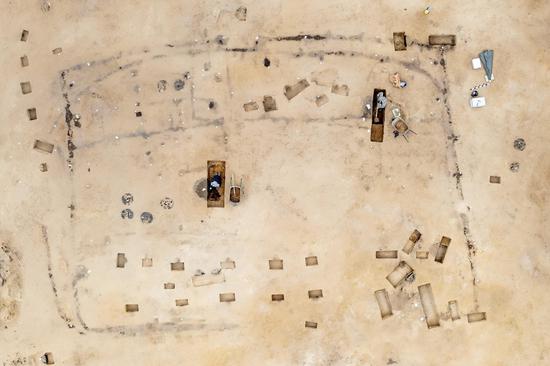


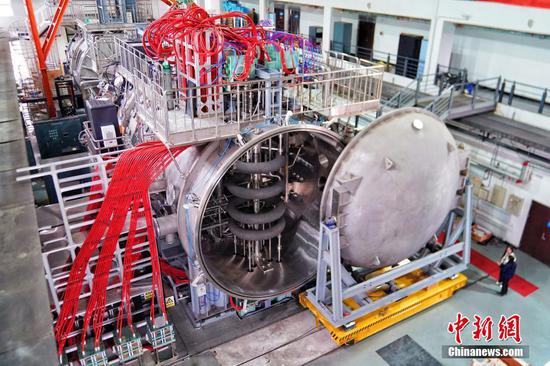








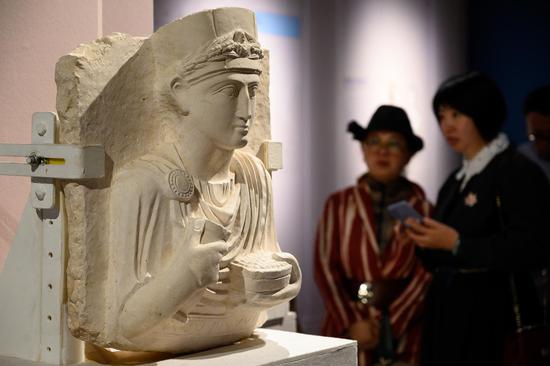







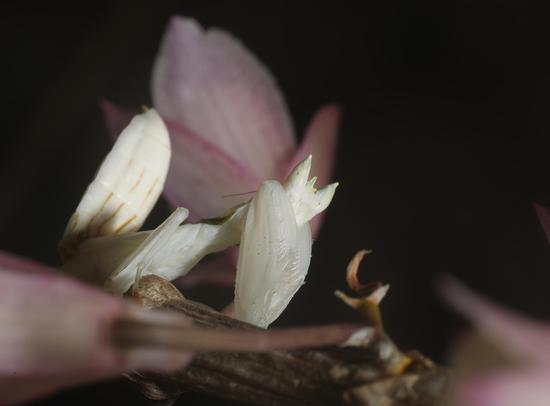

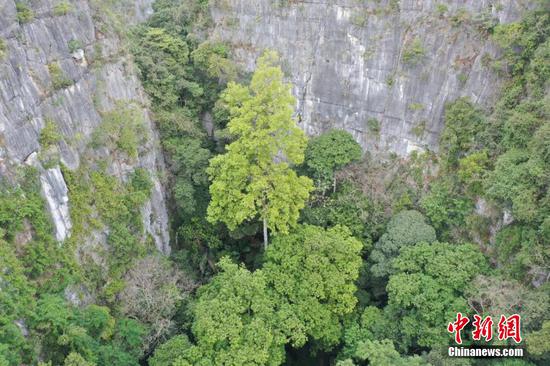
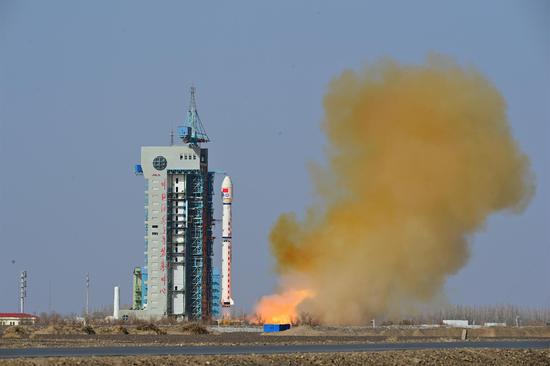





 京公网安备 11010202009201号
京公网安备 11010202009201号